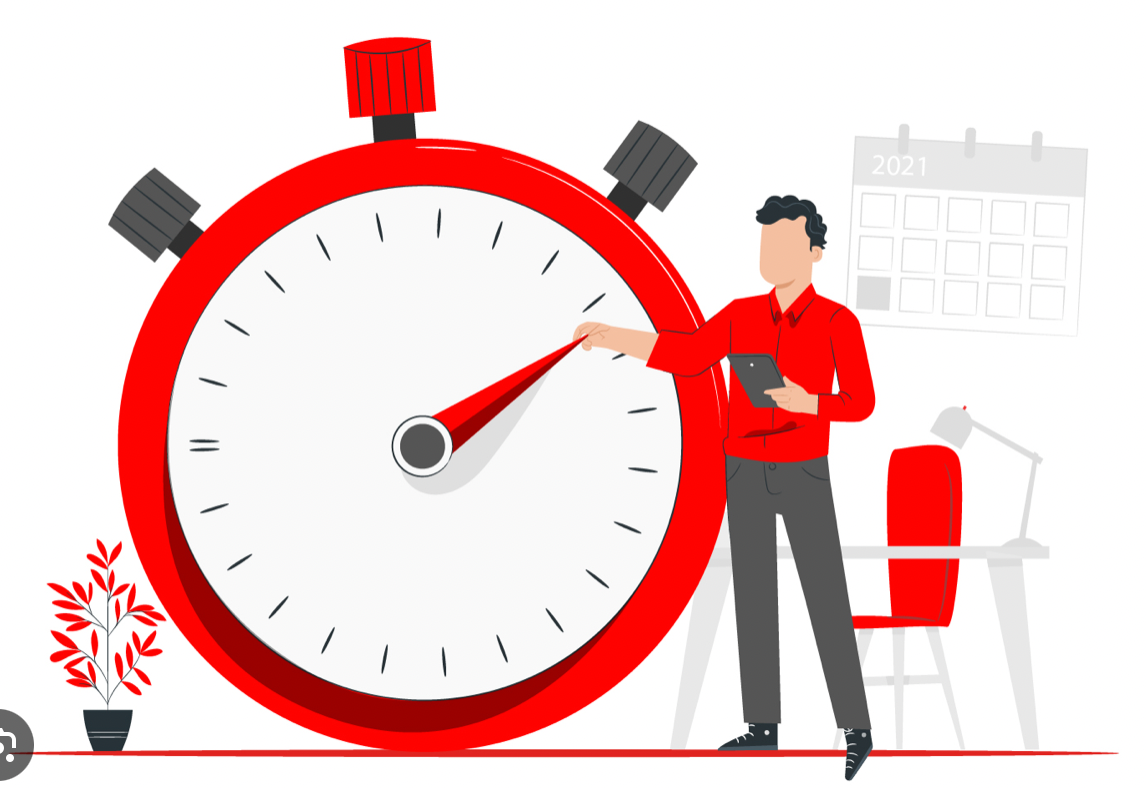Design of Time
- Author: Gökben YILMAZ
- Type: Time Management
- People (Minimum): 3
- Materials: Paper and pencil, Colored cards or post-it notes, Timer, Wall clock or a large image of a clock
How To
- Goal Setting: Each student or group creates a list by determining their short, medium and long-term goals. These goals can be in academic, personal or professional areas.
- Prioritization and Coloring: Ask students or groups to prioritize identified goals and use colored cards or post-it notes to represent each goal. For example, the color red may represent academic goals and the color blue may represent personal goals.
- Creating Time Blocks: Each student or group creates a daily, weekly, or monthly timetable. Have them create a separate block of time for each goal using colored cards or post-it notes. Time blocks should represent the time devoted to each goal over a period of time.
- Visual Clock Design: Create a large wall clock or clock visual by putting together time blocks designed by students or groups. This helps students see their time from a broader perspective.
- Time Analysis: Have each student or group analyze how they use their time through the visual clock they designed. Let them evaluate the harmony between the time allocated to the goals and the activities realized.
- Group Discussion and Improvement: Groups evaluate effectiveness by sharing time management strategies and making suggestions to each other. Perhaps they may want to adjust or add strategies to enable more effective time management.
- Individual or Group Improvements: Each student or group can update their individual or group goals based on the analysis they see on their visual clock and decide on new strategies to improve their time management skills.
This activity helps students practice time management skills and focus on goals, while also allowing students to collaborate and exchange ideas with each other.
Time Architectures
- Author: Gökben YILMAZ
- Type: Time Management
- People (Minimum): 3
- Materials: Paper and pencil, Colored cards or post-it notes, Timer, A large wall or board
How To
- Analyzing Time: Each student or group makes a list to determine their daily activities and times. This should include daily routines such as school, studying, sleeping, eating, social activities.
- Prioritization: Give students or groups time to prioritize assigned daily activities. Have them use colored cards or post-it notes to determine which activity they think has more priority.
- Time Mapping: Give students or groups a large sheet of paper or board. Ask them to create a time map that includes their daily activities and priority order. Have them represent each activity and organize the time map using colored cards or post-it notes.
- Analysis and Sharing: Have each student or group share the time map they created in front of the class or in small groups. Other students can analyze by looking from different perspectives or making suggestions.
- Time Management Strategies: Throughout the class, give students a brief talk about time management strategies. Ask students or groups to discuss applicable strategies for improving time management.
- Improved Time Map: Students can improve their time map by taking into account the feedback received and applying the strategies learned. This provides an opportunity for more effective time management practice.
- Final Evaluation: At the end of the activity, evaluate how students or groups progressed and how they applied the time management strategies they learned. Talk about additional strategies or resources if needed.
This activity offers students a practical opportunity to improve their time management skills and also encourages interaction and sharing within the classroom.



